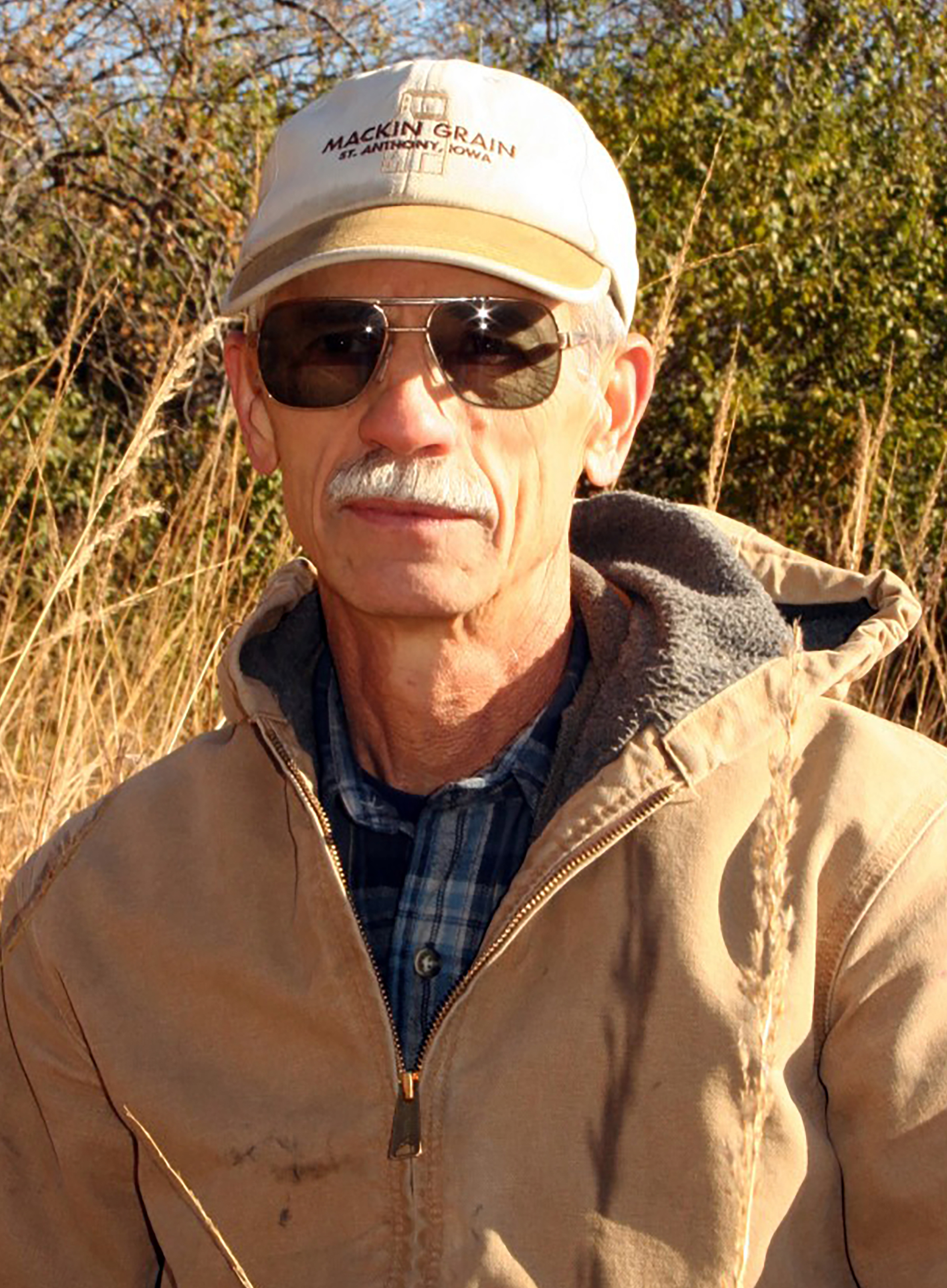I have been drawn to photographing nature for more than 50 years. When I began serious photography in the early 1970s as a replacement for hunting with a gun, I never dreamed it would take me where it has. It began as a way I could take part of the natural world I witnessed home with me. In time, it became apparent that photographs shared with others encouraged them to see the wonder and beauty of nature. The result, ultimately, has been a body of work which encourages people to work for the protection of natural areas and wildlife.
About twenty years ago, digital photography opened up a whole range of new opportunities. Often the camera is able to record the appearance and behavior of wildlife with a level of fine detail which even careful observation does not always allow. The photographs of the tallgrass prairie which appear here represent just a few of the many great moments I have been able to record on our home property, called Prairie Creek Wildlife Refuge, which is in Marshall County, Iowa.
The only exception is the image of butterfly milkweed, which was taken at Spring Hill Prairie, an 80-acre section of degraded pasture two-and-a-half miles south of our home, which we purchased in 1997 and reconstructed with prairie remnants. It’s now owned by the Iowa Natural Heritage Foundation. I am still actively involved in its management. Every day is an adventure when you have a camera in your hand.
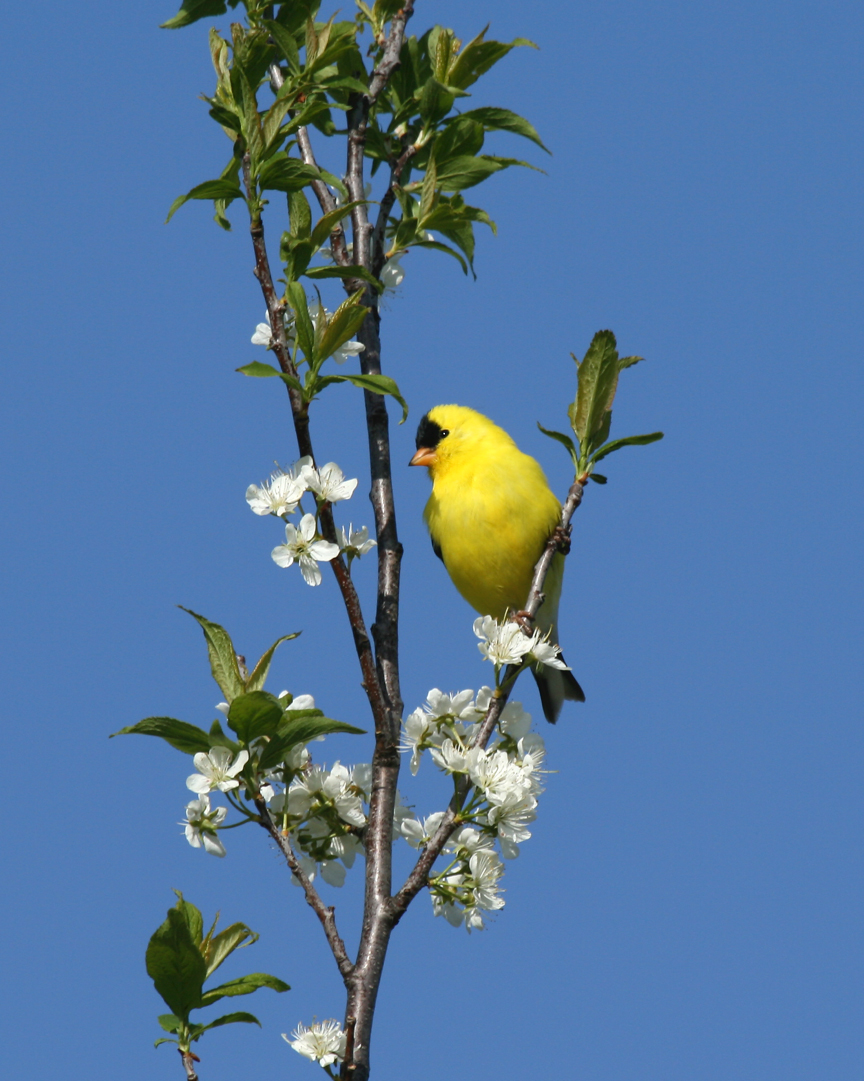
American goldfinch in a wild plum tree, May 11, 2008
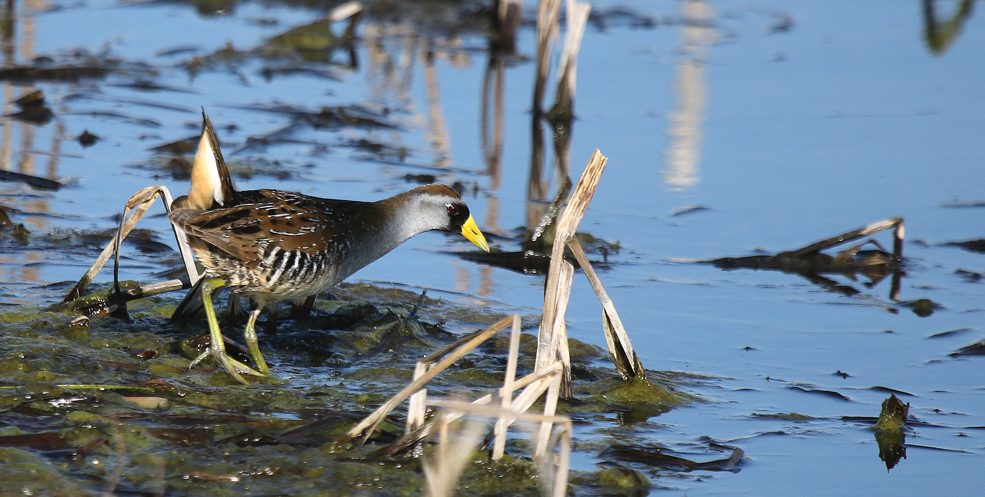
Sora rail in a reconstructed wetland, May 5, 2017
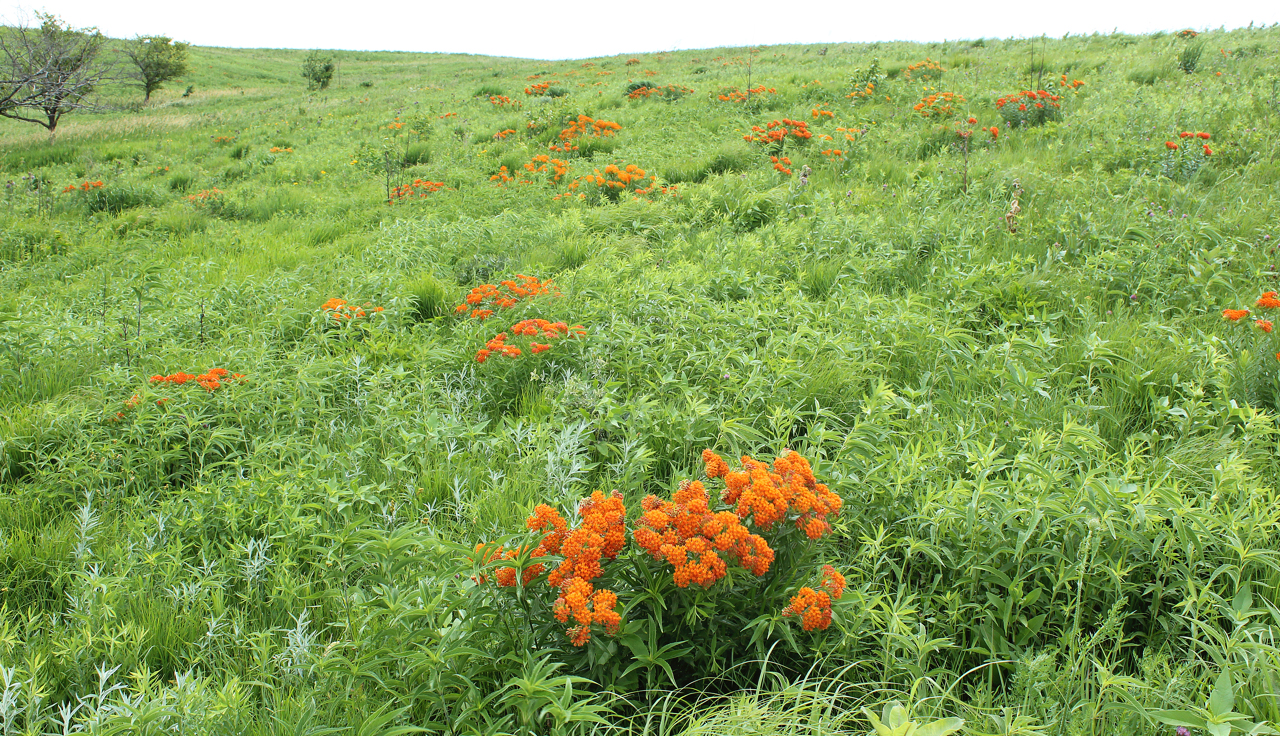
Butterfly Milkweed at Spring Hill Prairie, June 21, 2017
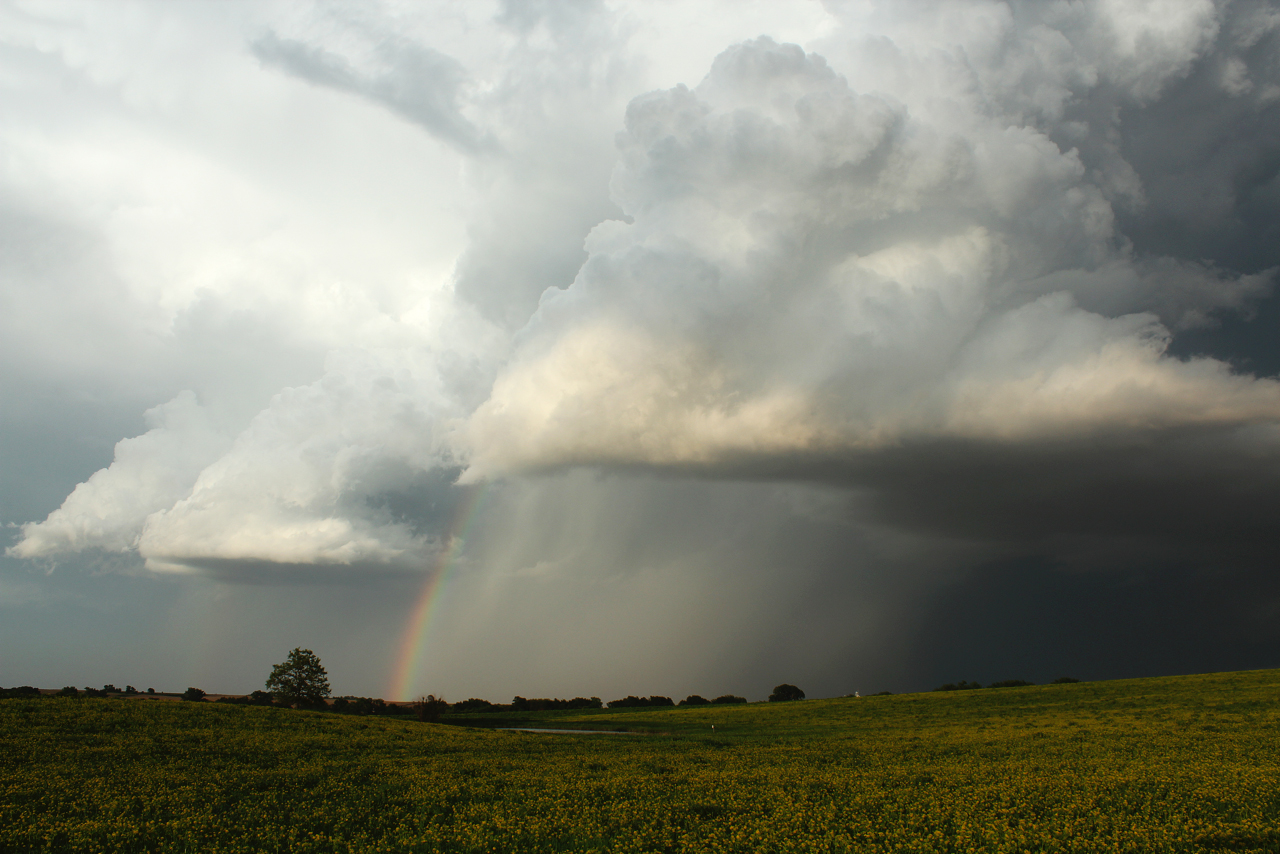
An evening storm moves in over the open prairie, May 25, 2018
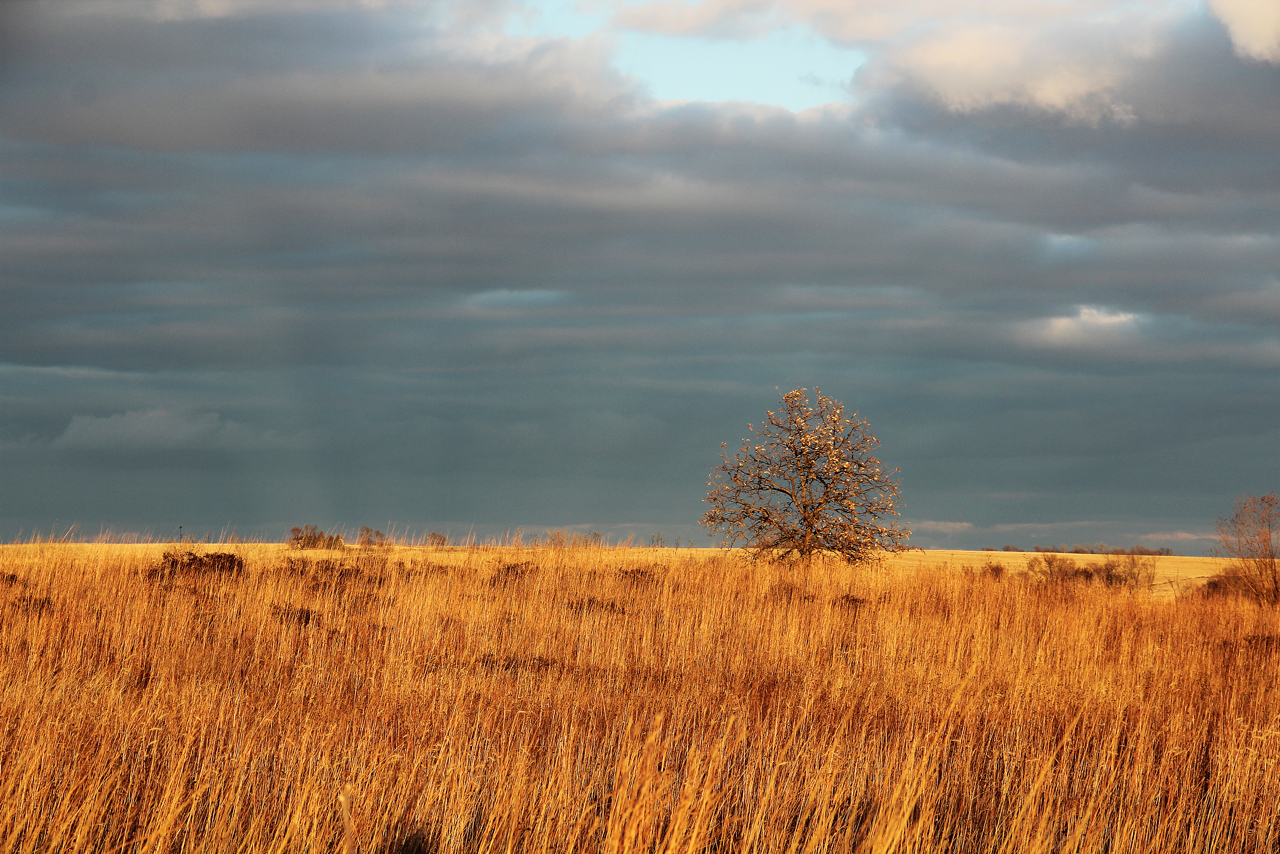
A Lone Burr Oak on the Autumn Prairie, November 19, 2019
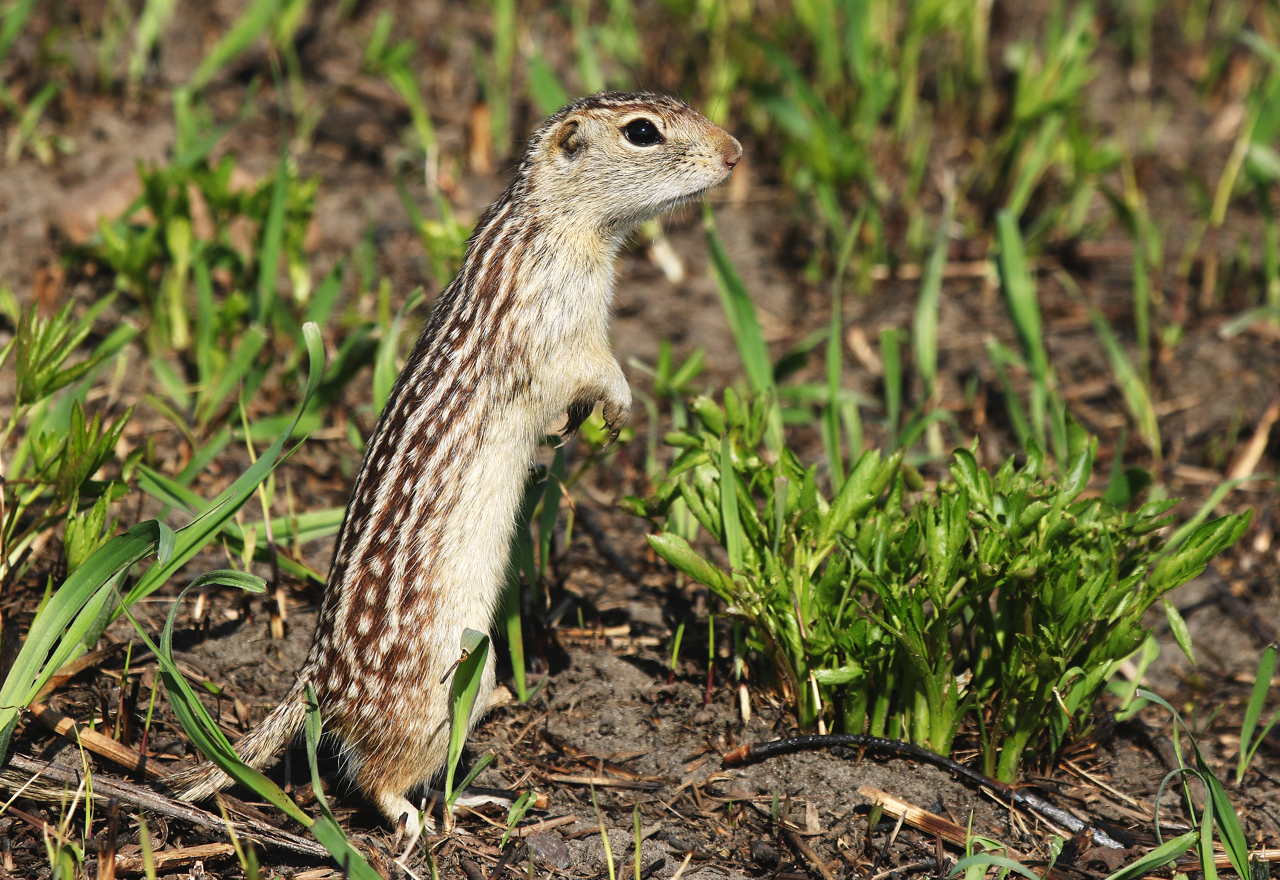
A thrteen-lined ground squirrel, a tallgrass prairie resident, April 24, 2019
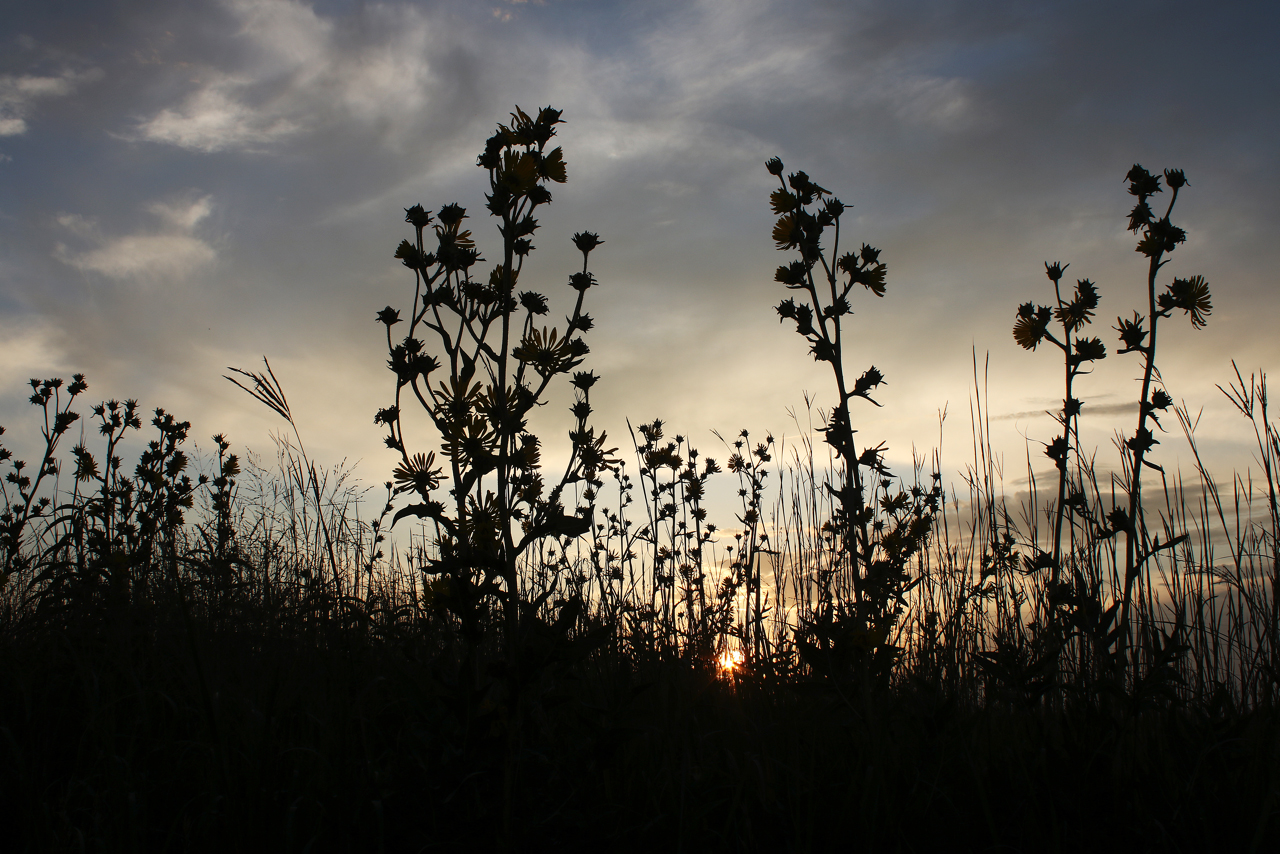
Compass plants and big bluestem silhouetted at Sunset, June 30, 2018


